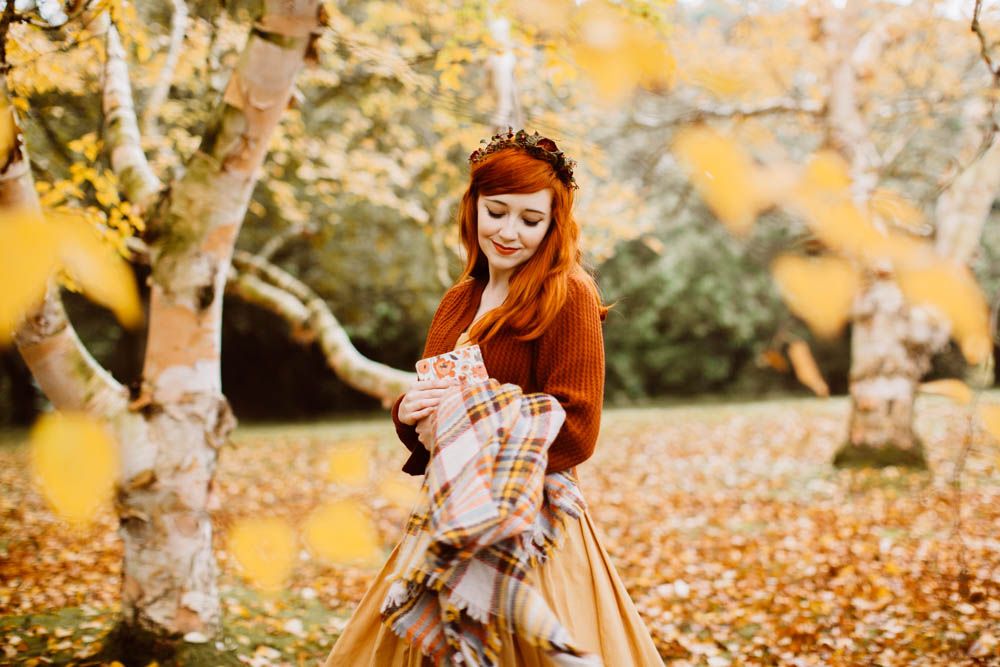
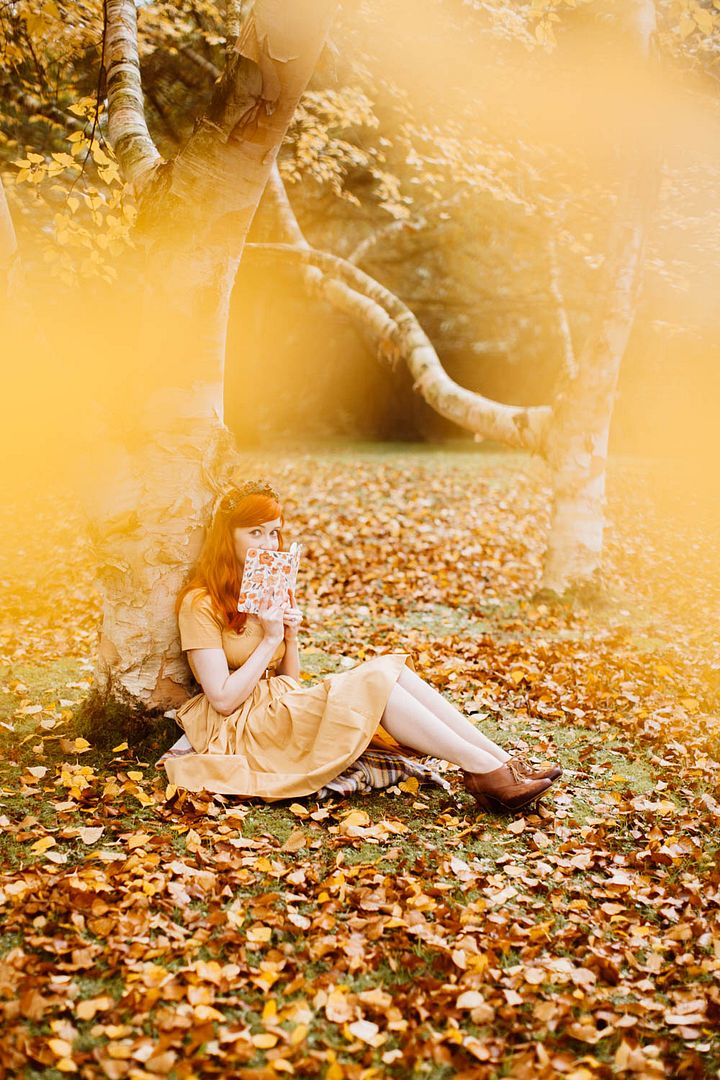
I feel like quite the accidental expert on a variety of topics, although I'm reluctant to use the title expert on most of them even with the qualifier of 'accidental!' I'm self-taught in photography, editing, identifying vintage clothing, vintage films, models, and designers, etc. As Einstein once said, "I have no special talent, I am only passionately curious." He was more than passionately curious, but the saying does apply for many of us who follow our passions and interests and somehow wind up being aficionados of subjects we were once only inquisitive about. Study something long enough, with or without the formal training and eventually people will start coming to you for advice, as I have found out for myself through blogging these many years. One of my latent passions is vintage clothing; I don't wear as much as I used to when I first started blogging and haunted the thrift shops near my university, but vintage pieces are still a mainstay in my wardrobe and I hoard the pieces I love whether they get worn or not! One of the things people find most intimidating about investing in vintage is caring for it. Unlike modern clothes you won't find a informative tag inside telling you how to wash or clean your vintage pieces and instead have to discern fabrics by feel and try to find a way to preserve sometimes delicate pieces that have already been around for several decades. I've learned a few things through the years about maintaining my vintage clothes (and I've had several disasters along the way like shrinking dresses!) and hopefully my tips will make the vintage buying and wearing process a little less intimidating for you.

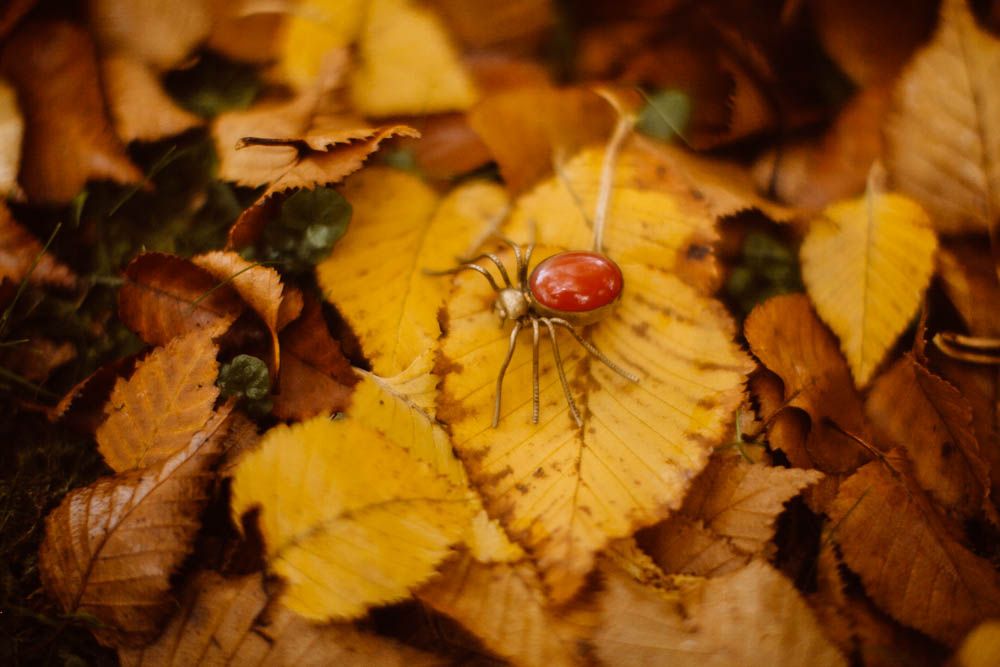
Emmy Design cardigan, vintage dress, Modcloth scarf, old oxfords, vintage spider brooch

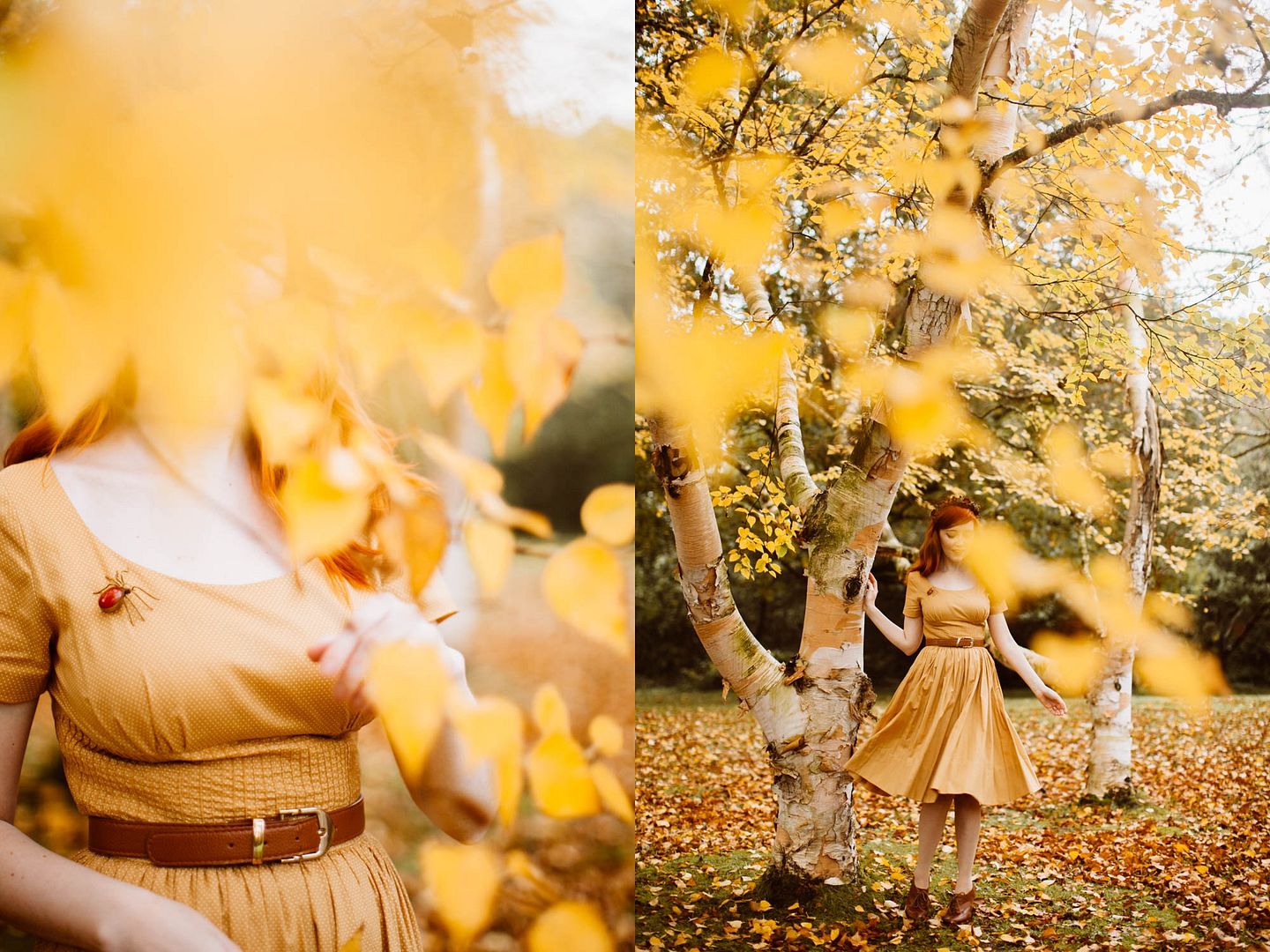
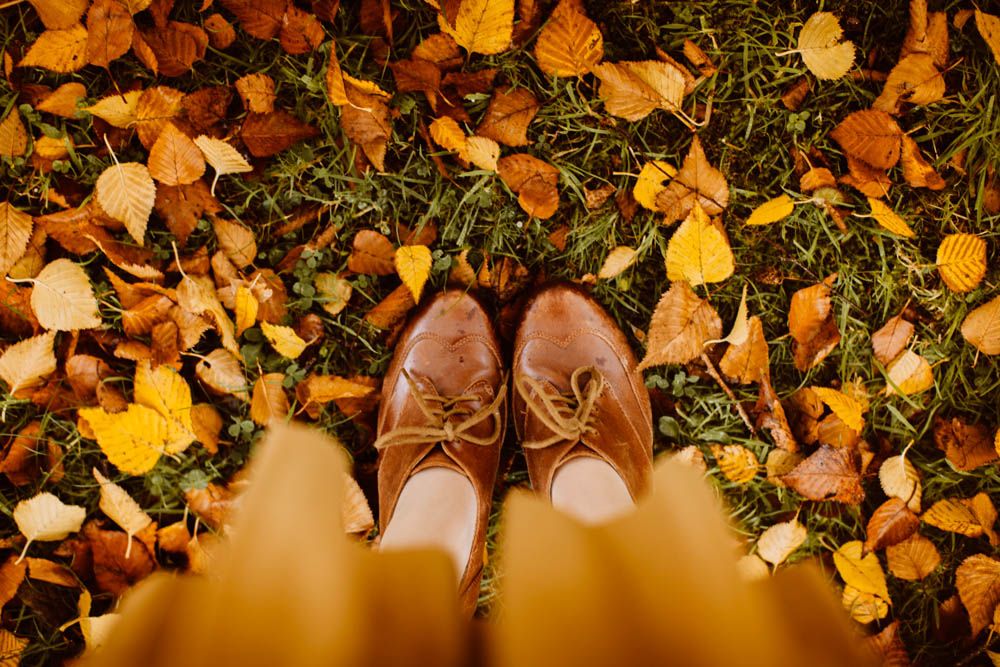

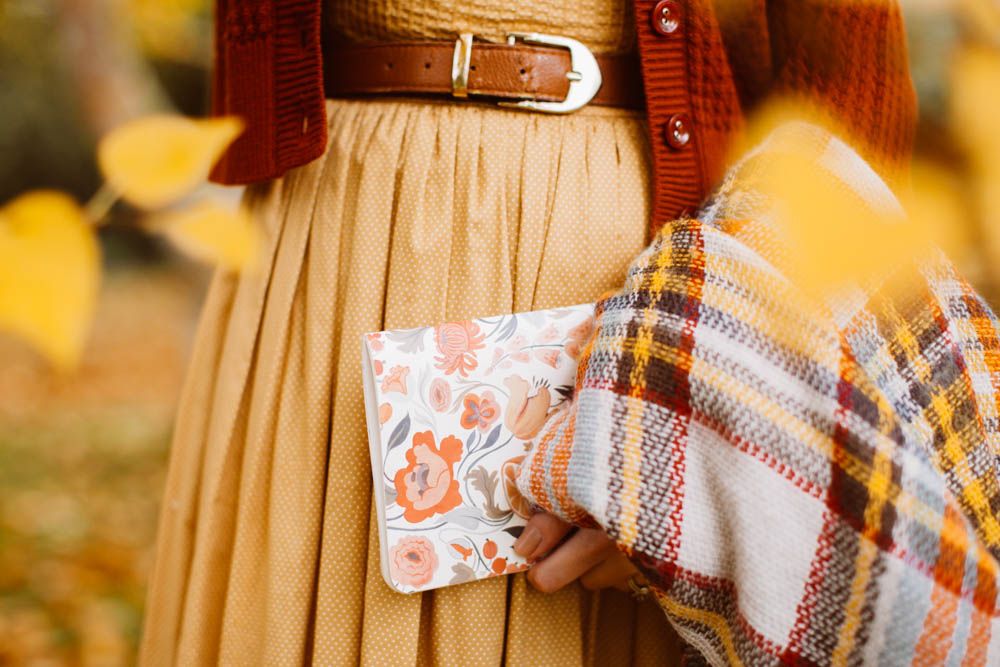
-Don't throw vintage pieces in the hamper. If your vintage piece needs to be cleaned either before you wear it or after a wear, hang it up until you are ready to wash it. Some people even recommend hanging it up inside out, but however you choose to hang it, never throw it in a hamper where it could get wrinkled, crushed, etc.
-Always hand-wash. Not everyone will recommend "always" hand-washing your vintage pieces, but for me, I think it's the safest method for cleaning them and I don't risk other methods especially if the piece is from the 1960s or older. Even dry cleaning can be bad for delicate dresses and I would be far too afraid to even try the delicate cycle of my washer! So I hand-wash most pieces in lukewarm water with a gentle liquid detergent.
-Lay flat to dry. You can also hang some pieces to dry, but keep in mind how delicate it is and if the weight of the water will do any damage as it dries. I usually only wash a few pieces at a time and lay them flat on towels to dry.
-Store them wisely. Many vintage dresses can be hung, but do avoid wire hangers. If it's a heavier piece, very delicate, or a sweater then folding them is the best way to store them until their next wear. Don't store pieces in plastic garment bags as this doesn't let the fabric breathe, instead use a canvas garment bag or even an old (clean) pillowcase for something like a beaded dress that you want to keep from snagging on other pieces. And (like vampires) always store vintage pieces out of direct sunlight; this will help keep your colors from fading.
-Mend before you wear, not after! Many vintage pieces come with loose buttons or fraying seams, take care to reinforce your buttons or fix those seams and zippers before you wear a piece rather than after. Wearing it while things are a bit loose or fragile will increase your likelihood of losing a near irreplaceable button or doing permanent damage to a dress. So even if you're bursting with excitement to throw on that new vintage piece and go, take the time to fix what could get worse before you wear it.
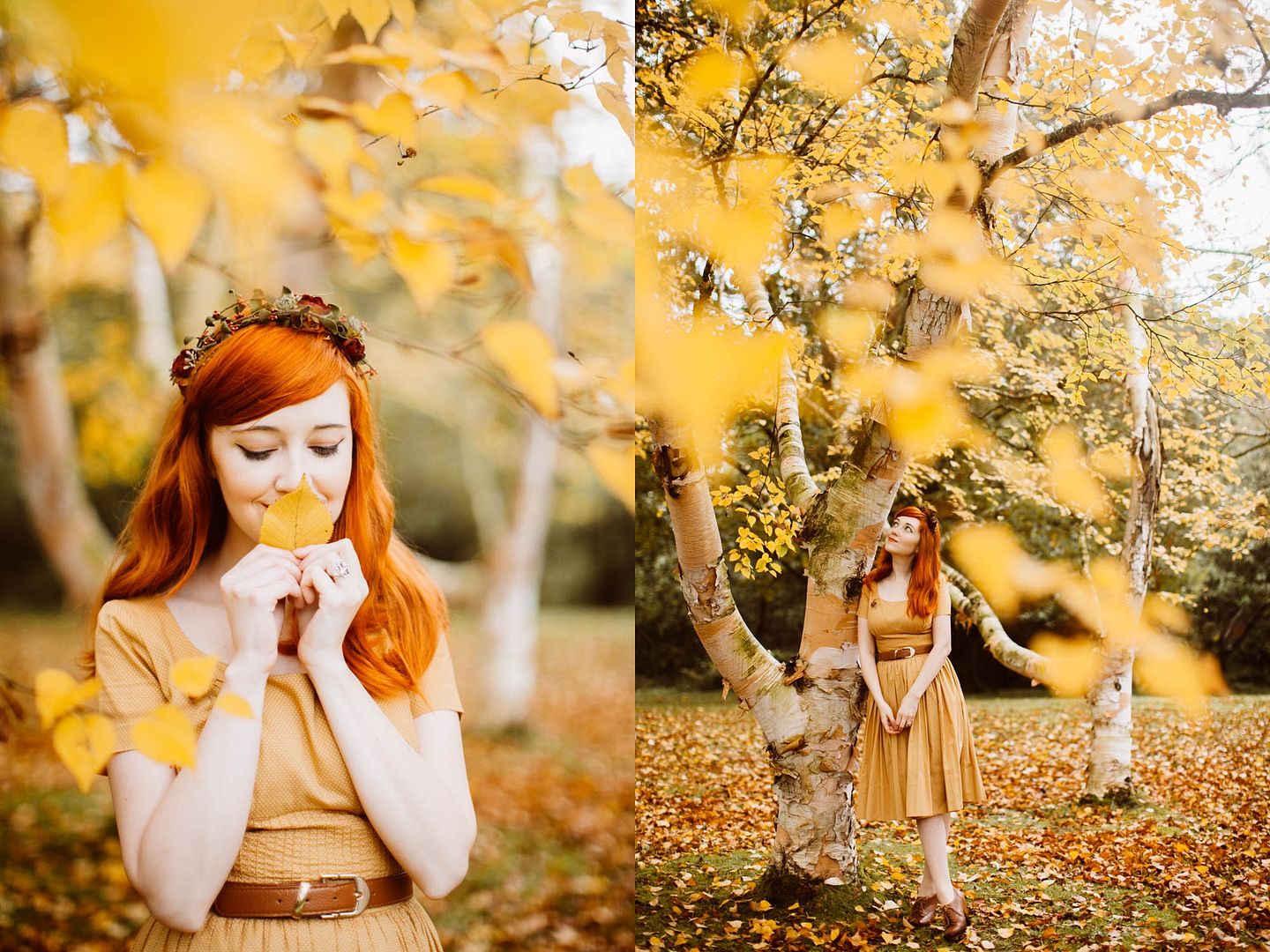

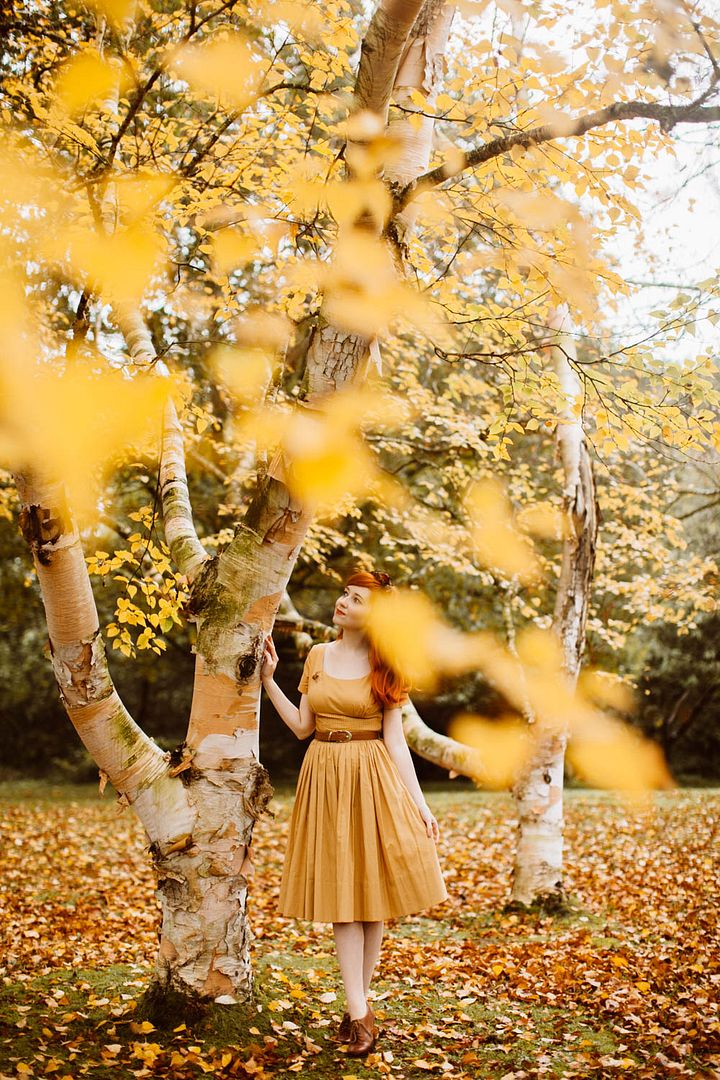
Emmy Design cardigan, vintage dress, Modcloth scarf, old oxfords, vintage spider brooch

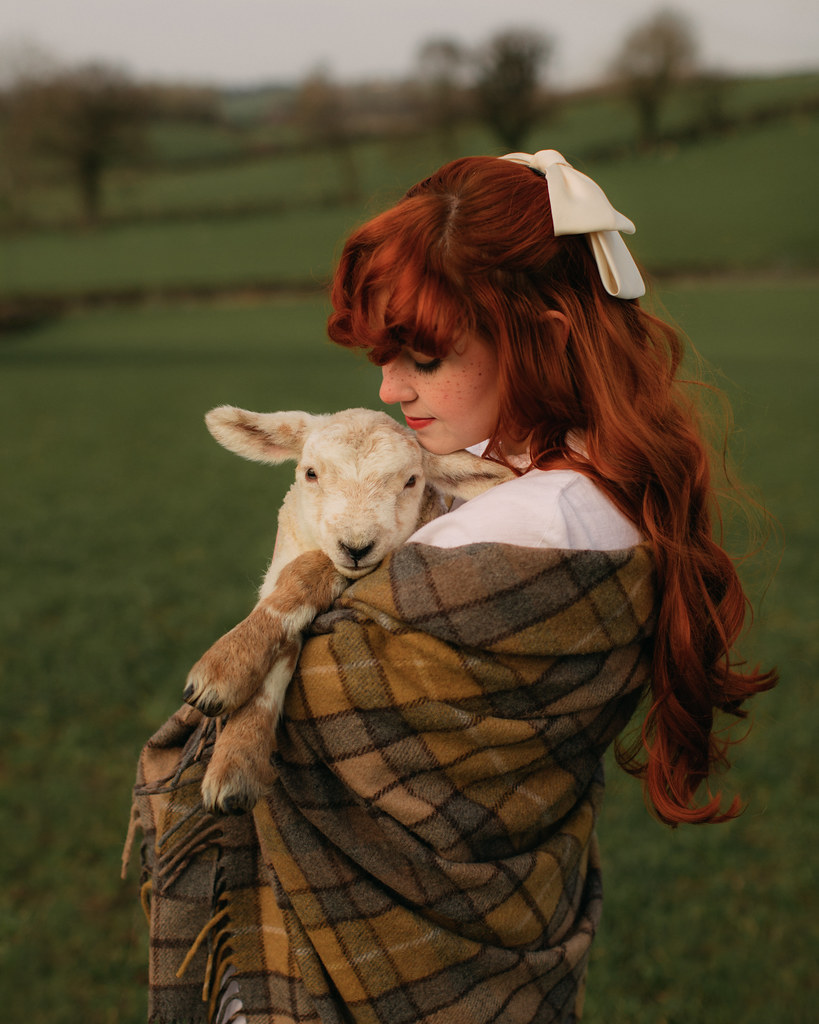


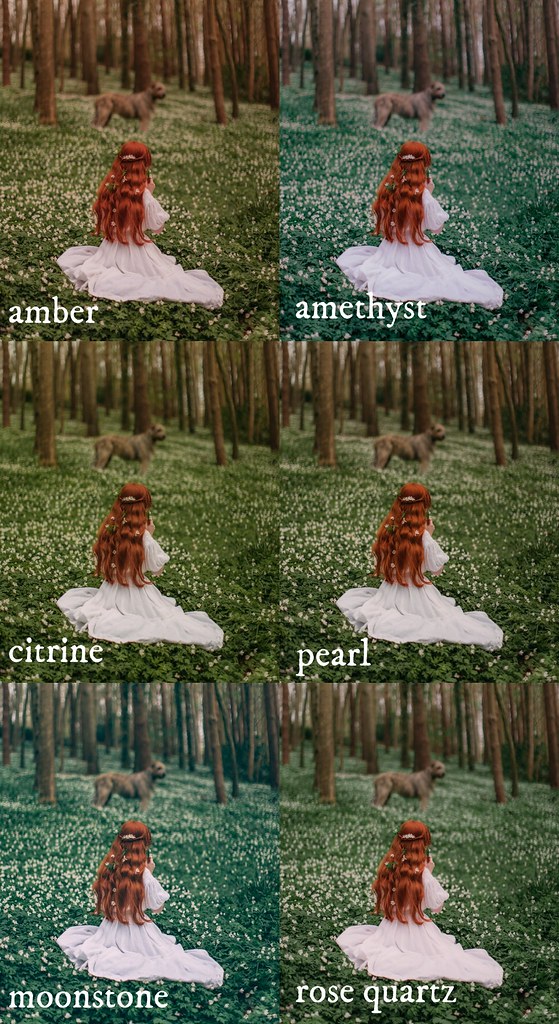
CONVERSATION